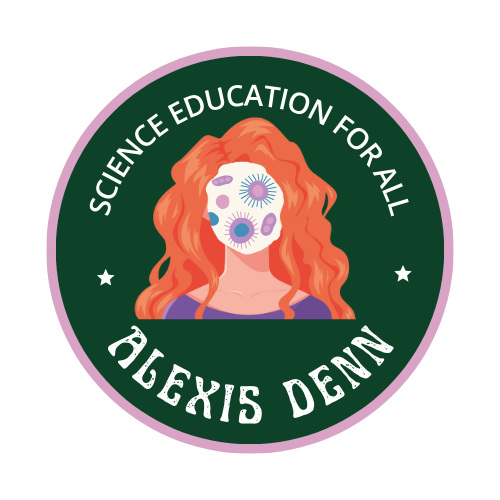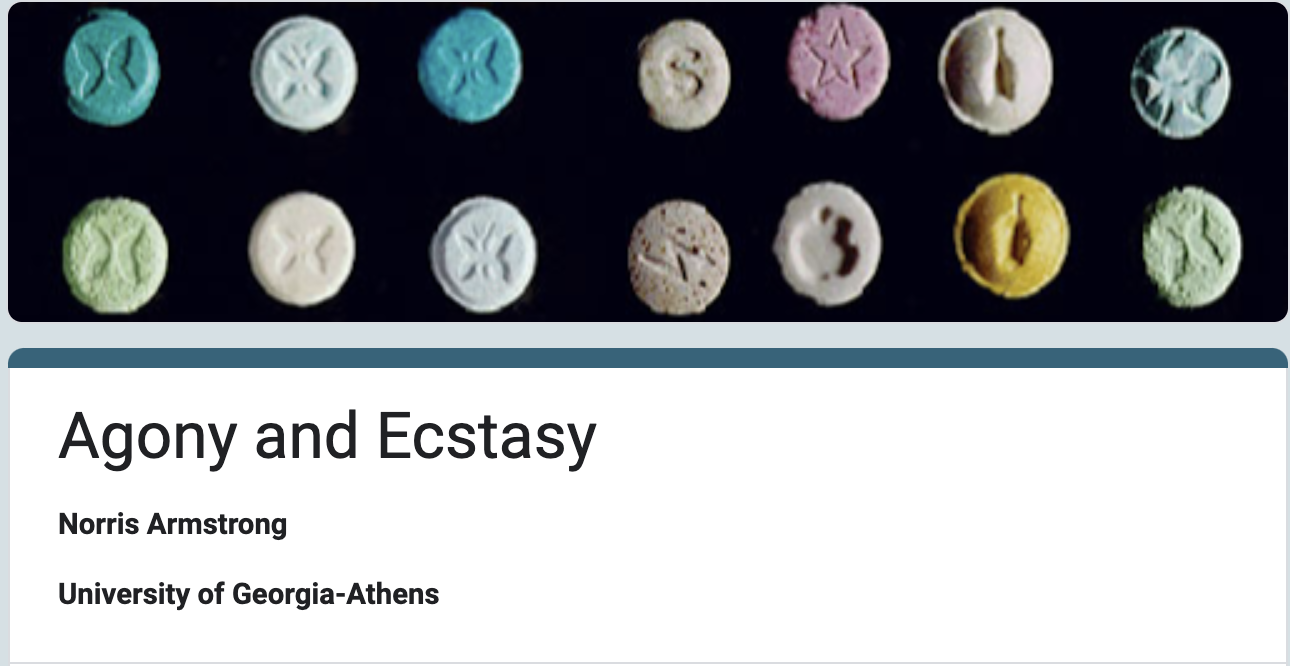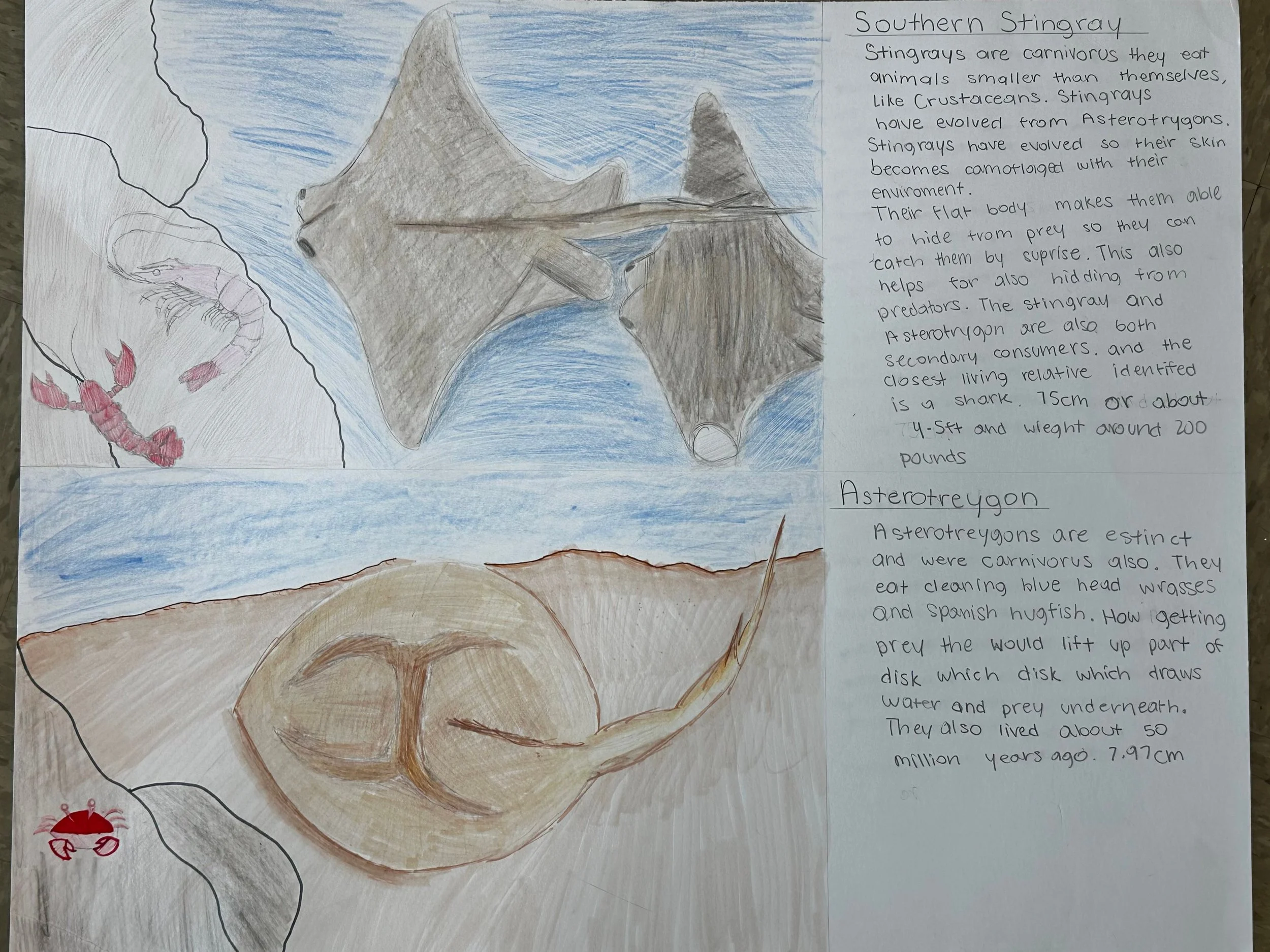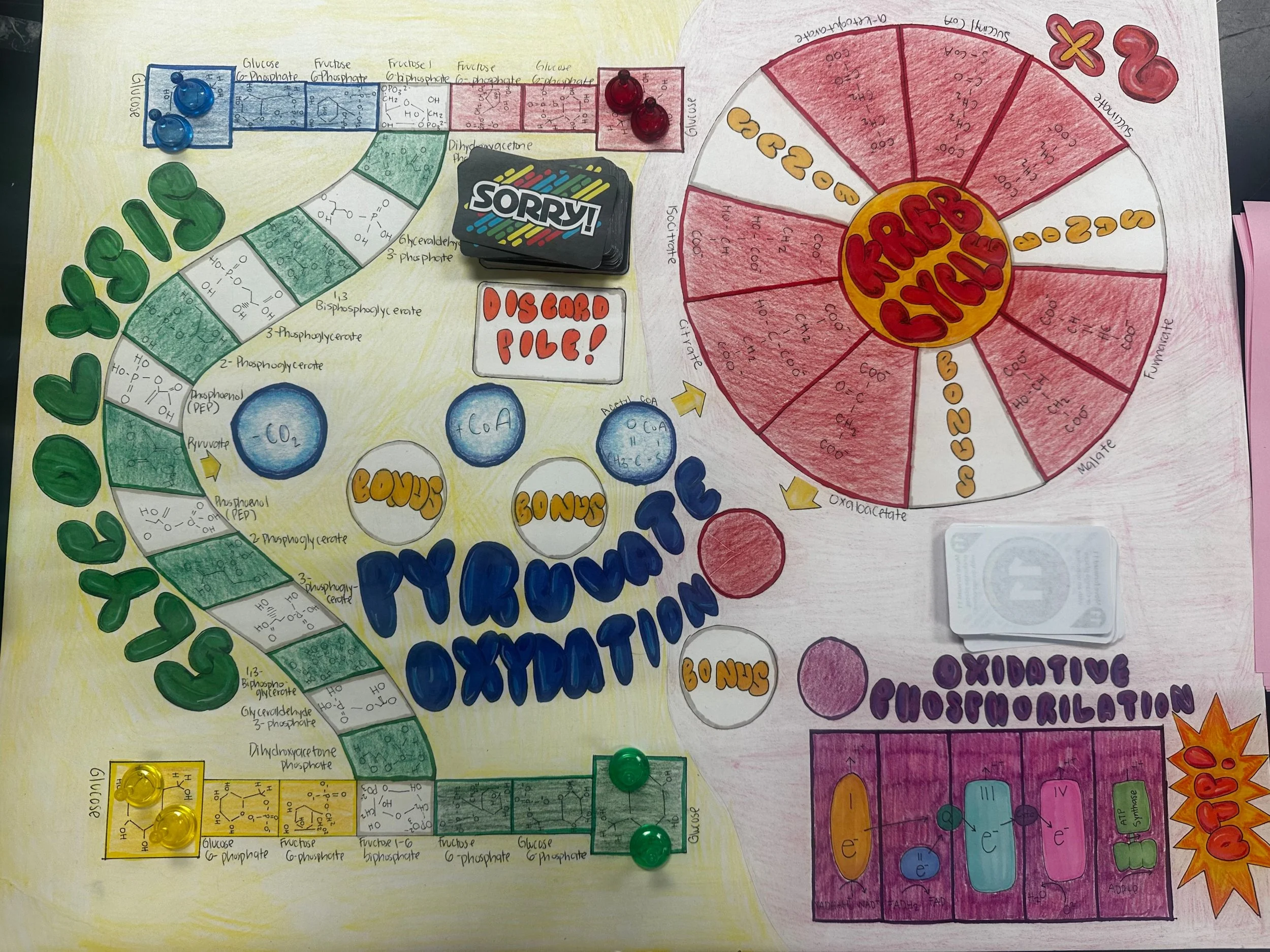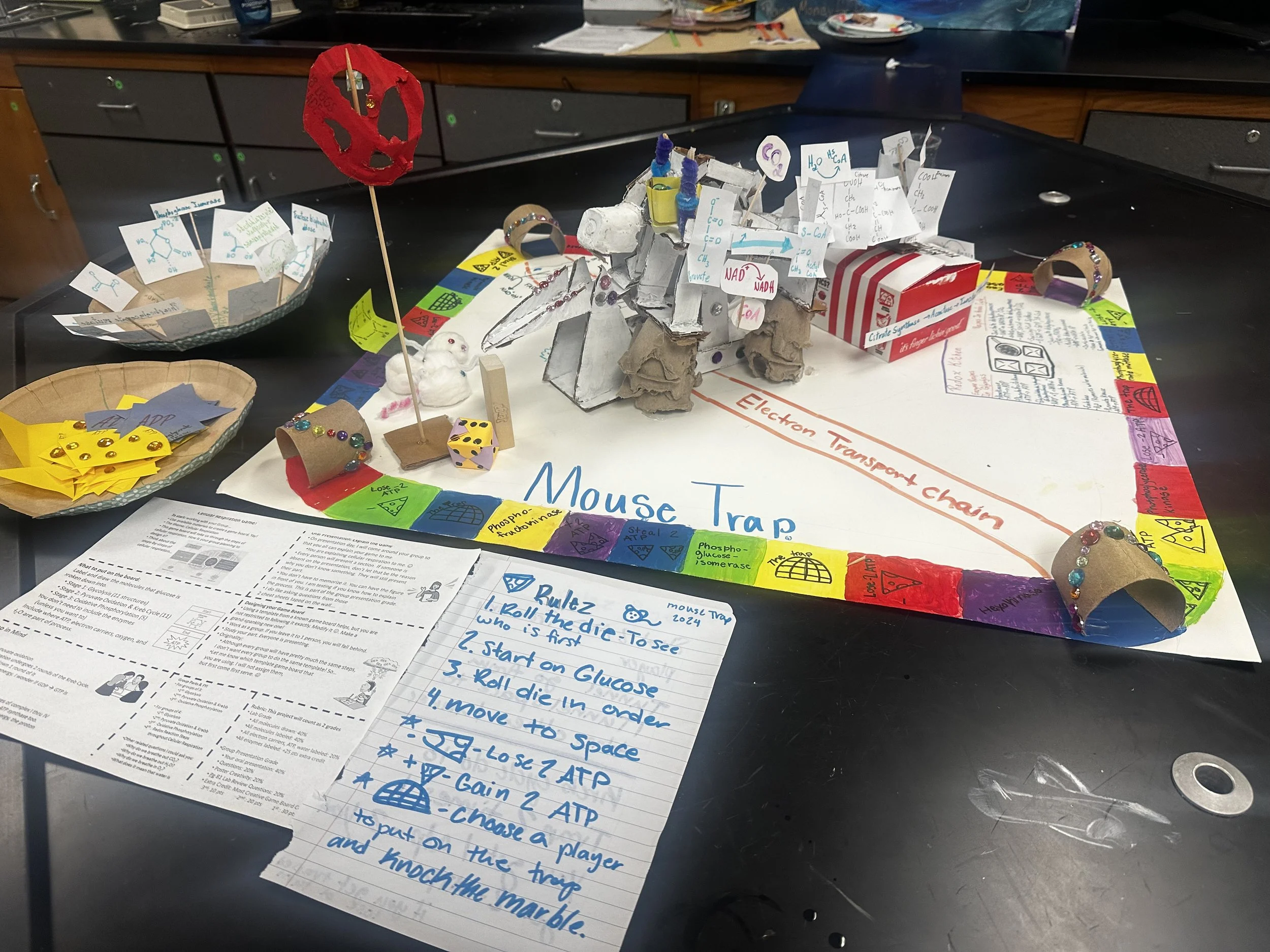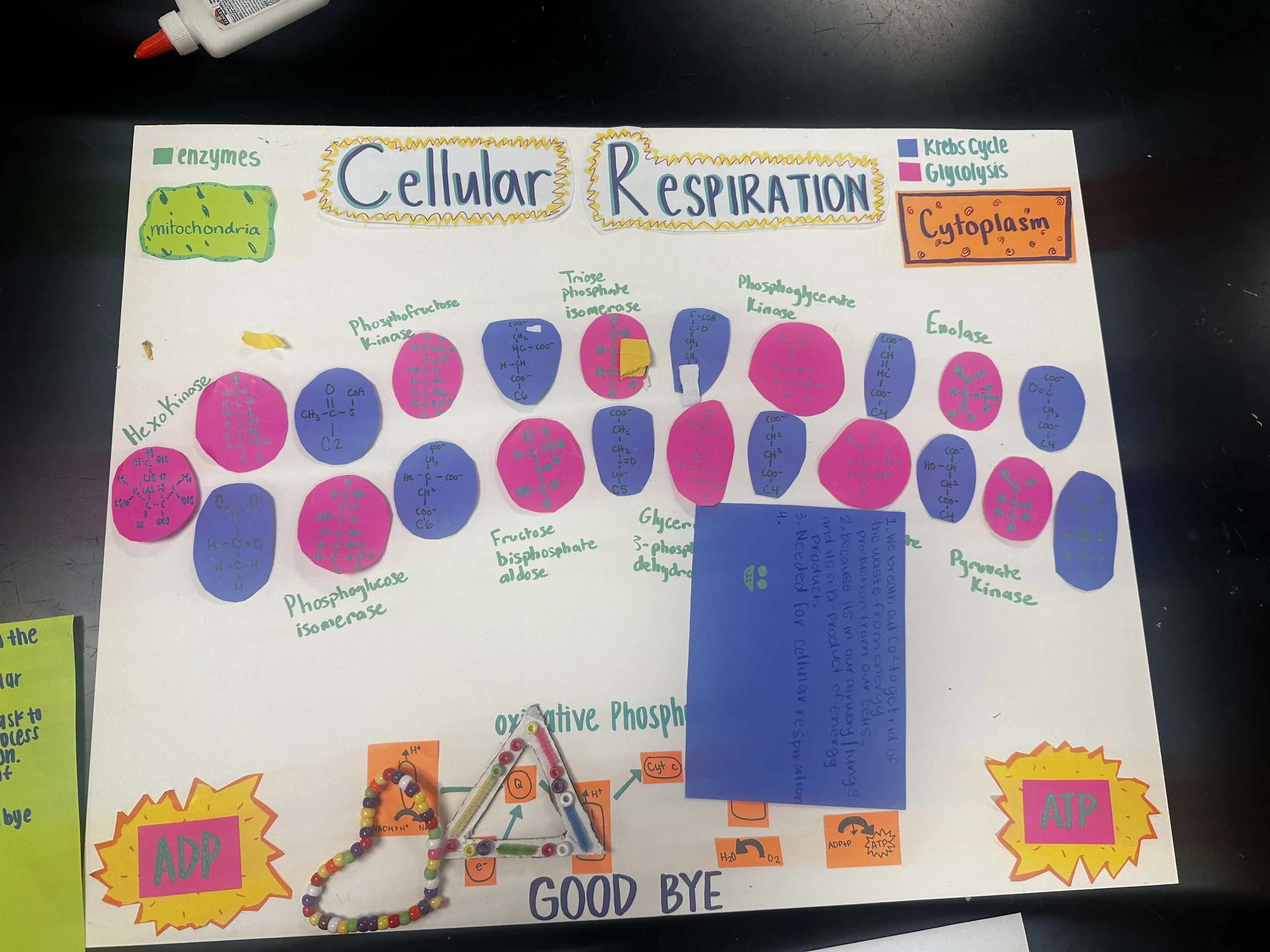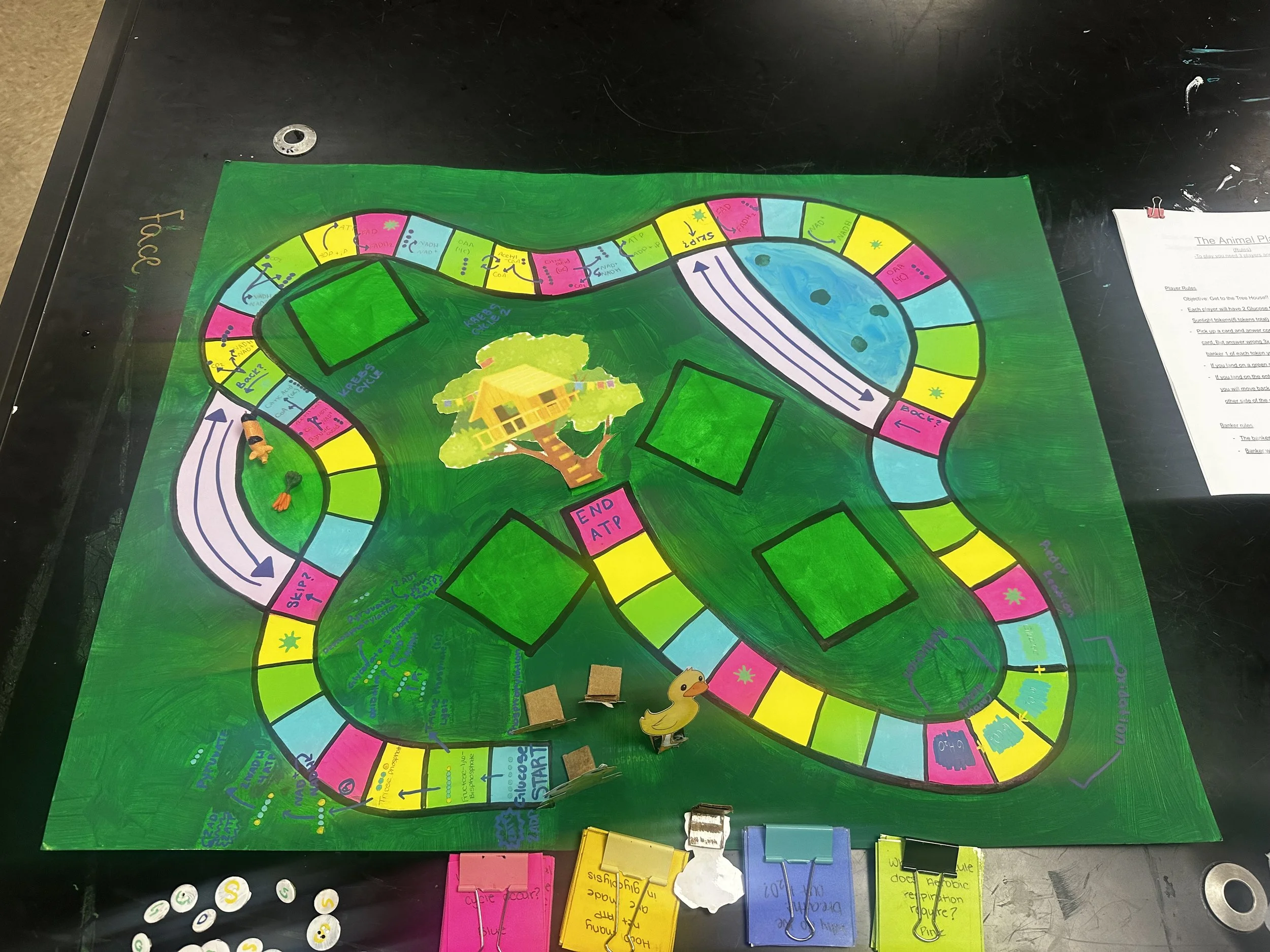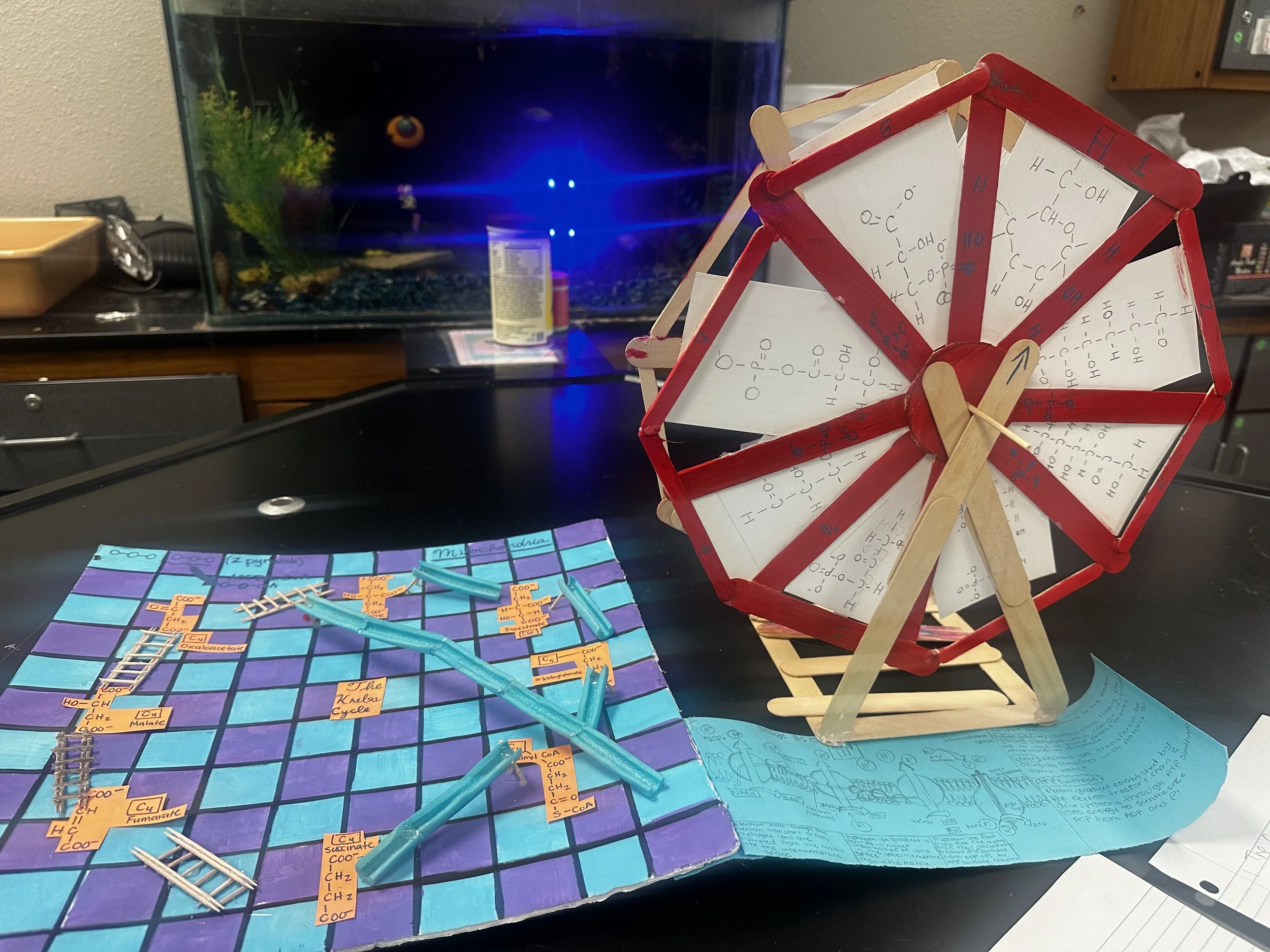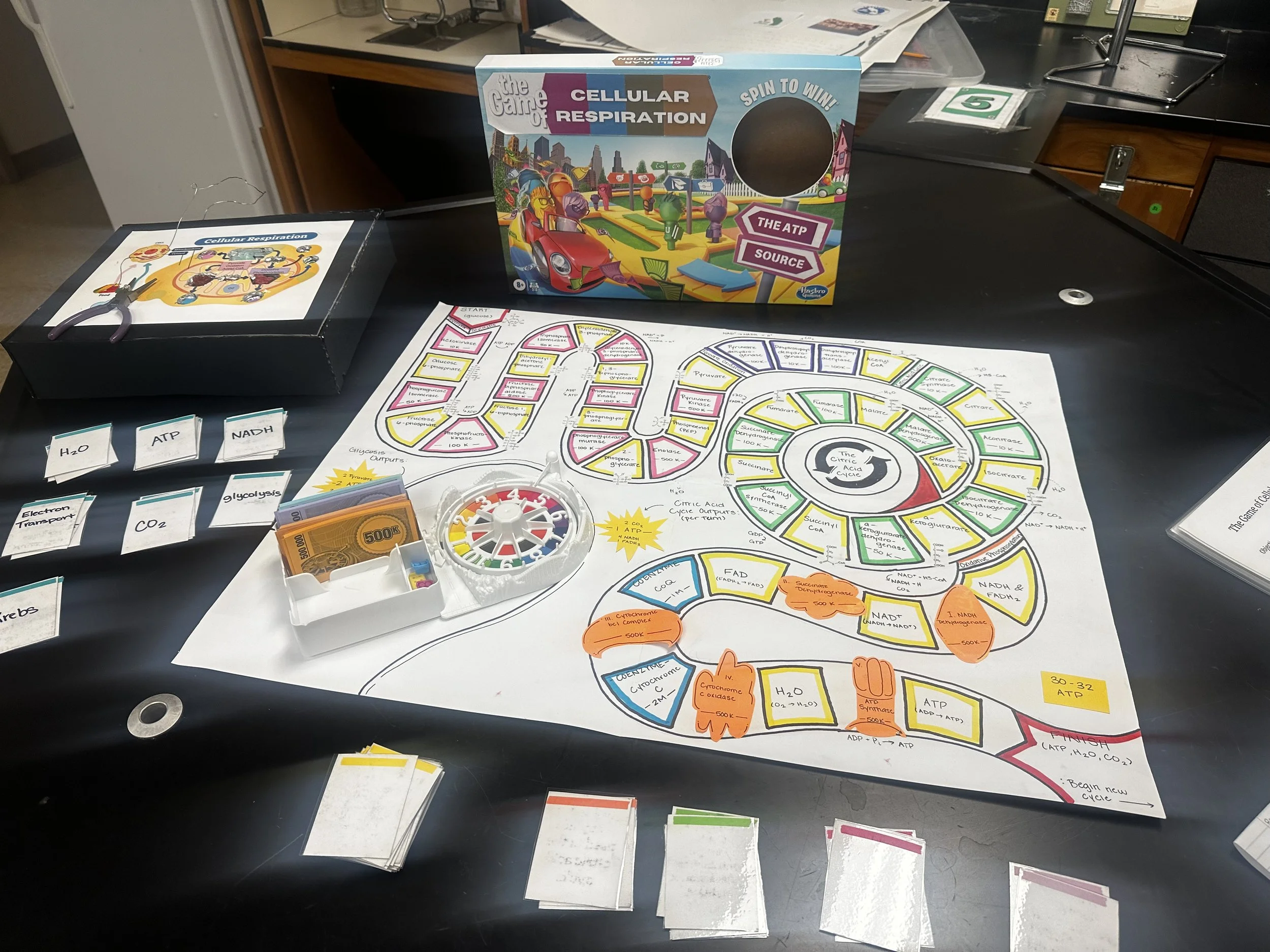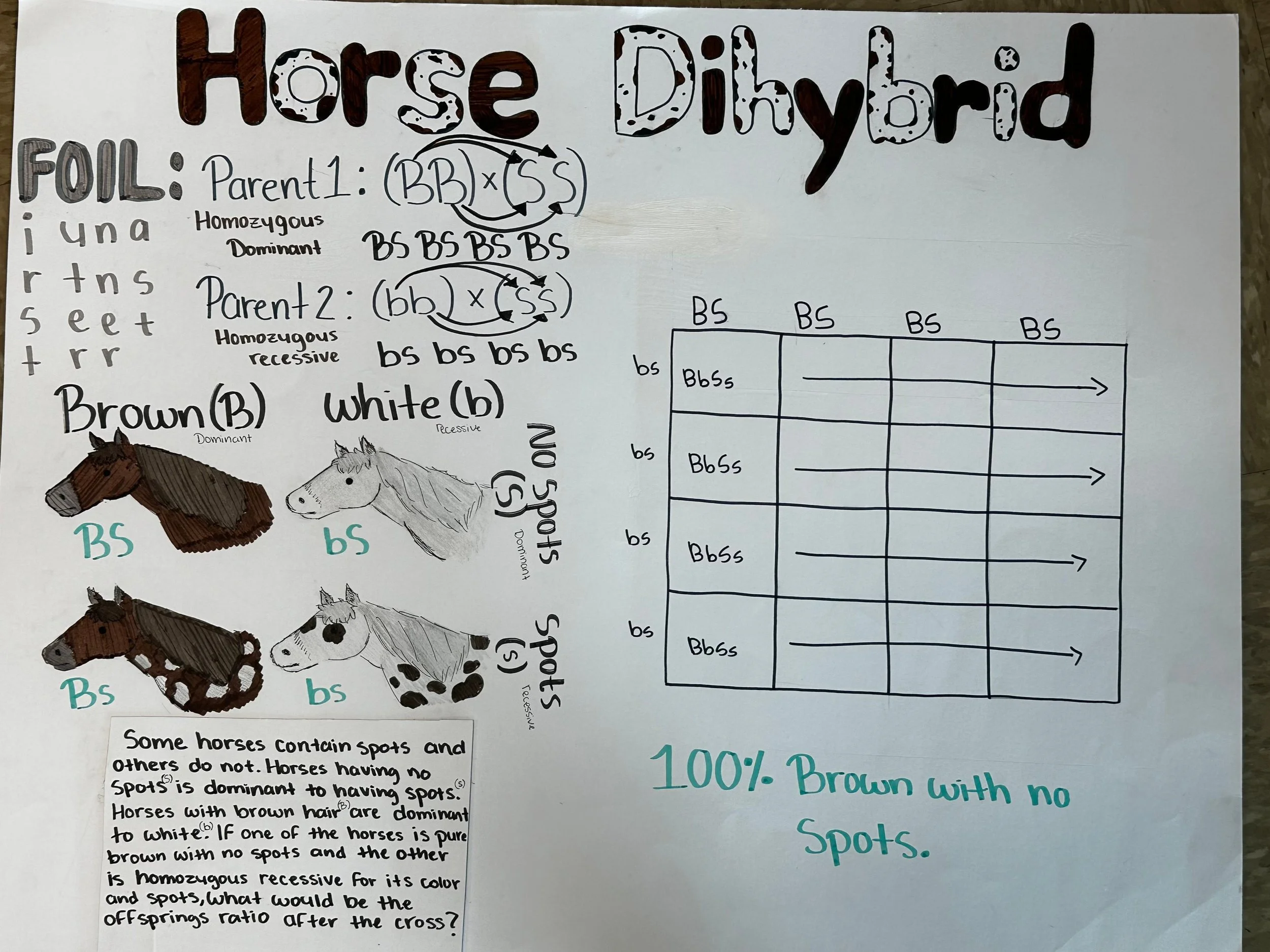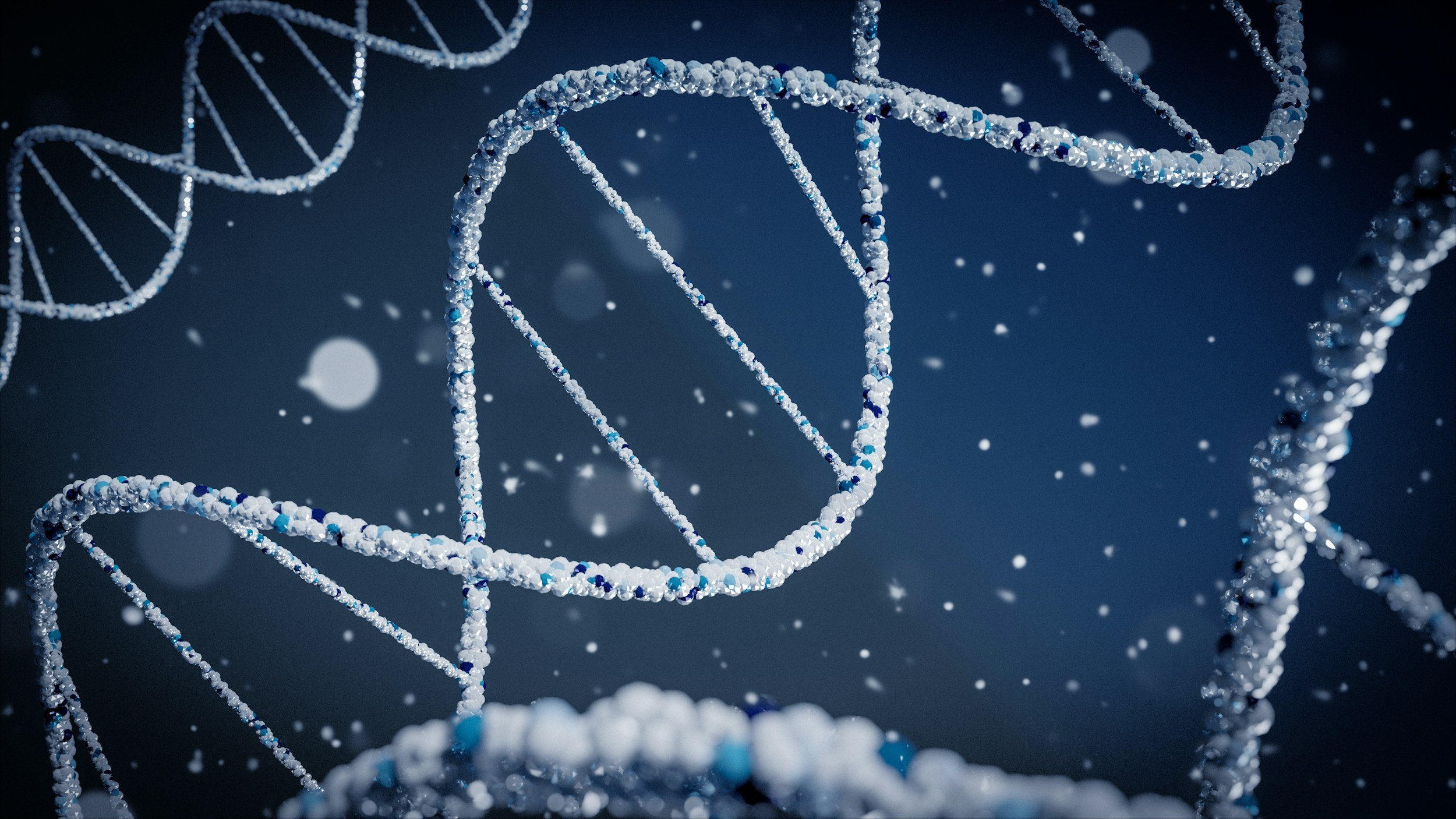
“Nothing in Biology makes sense, except in light of evolution.” Theodosius Dobzhansky, 1973

Unit 1:Cell Structure & Function, & Viruses
Unit 4: The Cell Cycle and Cancer
Unit 7: Mechanisms of Evolution
Unit 2: Biomolecules & the Cell Membrane
Unit 5: DNA & Protein Synthesis
Unit 8: Taxonomy
Unit 10: Plant Systems and Homeostasis
Unit 3: Chemical Processes for Energy
Unit 6: Genetics and Heredity
Unit 9: Animal Systems and Homeostasis
Unit 11: Ecosystems Stability
Case Study Samples

Step One: Animal Profile –
▶ FIRST: You must define an adaptation. What is it? What are some examples in nature? ▶ Identify your organism physical & behavioral adaptations and explain their functions (i.e. how does each
adaptation promote the organism’s success in its environment?) size, weight, identifying characteristics. Explain how your animal has evolved over time.
1. Where in the world is your organism found? Does it migrate?
2. Describe the animal's habitat.
3. It's adaptations to the habitat: What aspects of this organism's anatomy, physiology, and behavior allow it to survive and thrive in its habitat? What is it about where it lives that makes it need the adaptations?
4. Interactions with other species:
o What are its primary prey species? Is your organism a generalist feeder or a specialist feeder? A carnivore, herbivore, or omnivore? o What are its primary predators? o With what other species does your organism compete for resources? o Is there any information about other species that coexist with yours (e.g. cooperative or parasitic relationships)?
5. Adaptations to interactions: What aspects of this organism’s anatomy, physiology, and behavior help it obtain prey? How about defending itself and/or eluding predators? Out-competing other species for a resource?
6. This information will be compiled into an introduction or a narrative of the art work you will create on Part Two
Step Two:Art Gallery Collection-
▶ You shall present your finished project as a mural or collection of drawings that narrates the evolution of this species from the common ancestor of it and it’s closest living relative. Must contain:
▶ Baseline descriptions of environment and organism should be included in the write up and evident in the paintings.
▶ At least THREE evolutionary changes in your organism resulting directly from environmental changes should be included in the writer up.
▶ Examples of both physical AND behavioral adaptations.
▶ A detailed explanation, in terms of natural selection and other forms of evolution, of how each adaptation arose and was maintained in the population.
▶ A detailed timeline of the stages of evolution of your organism is evident in the art work you present and narrated as well.
▶ Images created are indicative of the animal’s habitat, as well as of the adaptations that the animal has developed over time.

In 1991, four men and four women entered Biosphere 2, a man-made closed ecological system (CES), in Oracle, Arizona. The purpose of this “human experiment” was to see if the eight biospherians could be sustained by this miniature version of Biosphere 1, for two years with no outside support of any kind. If the project was successful, Biosphere 2 might serve as a prototype for a human habitat on Mars, or a retreat for humans on Biosphere 1 during a crisis.
The experiment failed.
Why did it fail?

Biotechnology
Peer Instruction
Students were given a 45 minute class period to watch a short educational video about a relevant biotechnology method and summarize the subject into one slide. The next day in class, students presented their slide as a form of peer instruction!
